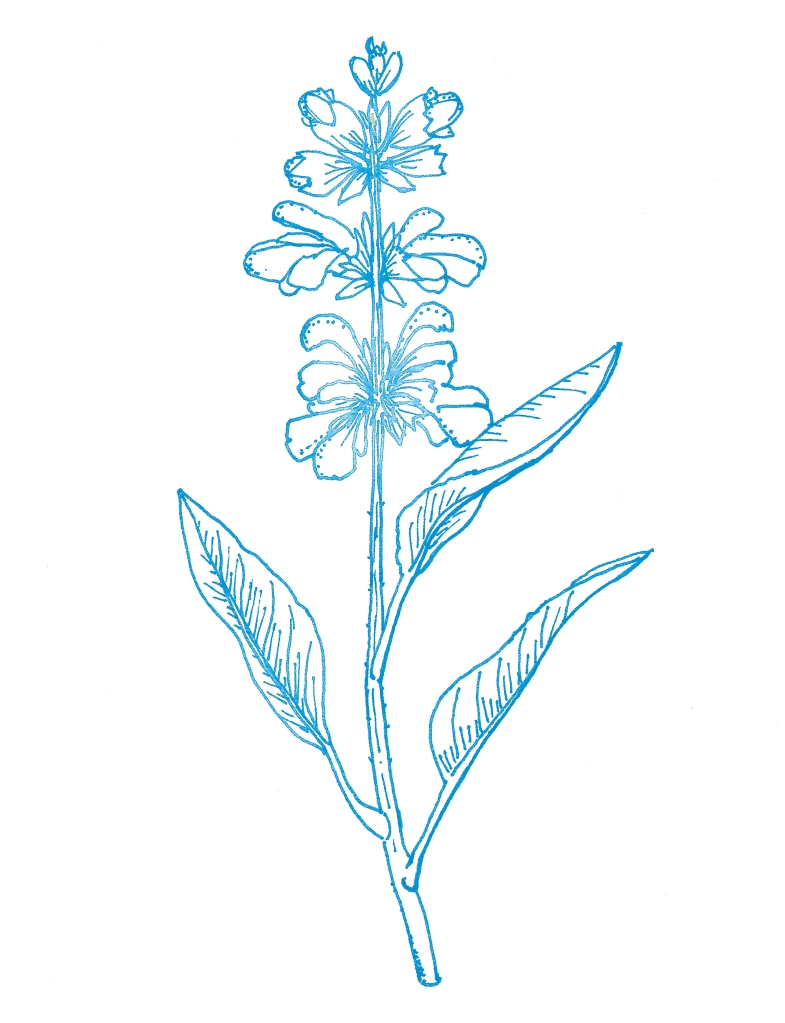
Yarrow (Achillea millefolium): One of its most recognized characteristics is its high healing and anti-haemorrhagic capacity. External use: fresh leaves directly on the wound. Internal use: the whole plant as a herbal tea (fresh or dried), useful for the menstrual cycle and after childbirth. It is also known for its antispasmodic properties.
What to do for her: Yarrow does not like having too much water. It should be watered when the soil is very dry, in small quantities. It is therefore necessary to water it often but little. To cultivate new Yarrow plants, multiply or detach twigs with 2 or 3 leaves below the tips of already large stems. Can be very well grown in pots.
Precautions: Not recommended for people taking anticoagulants because of its coagulant properties (which could decrease the effectiveness of the medicine). It can also cause allergic reactions in people sensitive to plants of the Astaraceae family -.
———————————————————————————————————————————————–

Lady’s Mantle (Alchemilla Vulgaris) From Arabic (alchemy). The alchemists used the morning dew, which they collected from the surface of the leaves of this plant, in their research on the philosopher’s stone.
It is the plant of all women because it is beneficial for all female disorders and particularly against dysmenorrhoea (to relieve menstrual pain) for its astringent and haemostatic properties.
Also for children: is a good tranquilizer. Internal use: the whole plant except the roots (fresh or dried), as a herbal tea. Herbal tea can also be used for inflamed and bleeding gums (in mouthwash), to wash wounds, and to soothe irritation and inflammation of the mucous membranes. External use: as a decoction or infusion, apply with a cotton pad to irritations, inflammations and skin wounds.
What to do for her: Lady’s Mantle prefers fresh and always slightly moist soils (it suffers when the substrates are heavy, with stagnation of water in winter, or too dry soils in summer). It likes a sunny or partially shaded environment. The plant reproduces by seed. The leaves and flowers should be harvested in summer, between June and July, when the plant is in full bloom.
———————————————————————————————————————————————

Wormwood (Artemisia vulgaris) The flowers of the plant have an antispasmodic action (reduces muscle spasms in case of menstrual pain and dysmenorrhea) and emmenagogue (regulates menstrual fow in case of amenorrhea and irregularities in the menstrual cycle) Internal use: as herbal tea.
What to do for her: Wormwood likes full sunshine or semi-shade and needs moist soil, especially during its growth phase. Potted plants should be transferred to larger containers when the roots emerge from the drainage holes. When the plant becomes mature, watering should only be continued in the event of prolonged drought, the reproduction of this plant is done by seed. The best period for picking is the beginning of fowering, because it’s active agent, artemisin, is present in large quantities.
Precautions: Wormwood is not recommended during pregnancy because it can cause abortion and affect lactation. It is also not suitablefor people with gastritis, peptic ulcers or epilepsy. In high doses, it can be toxic and damage the nervous system. Skin contact may cause dermatitis. Other important side effects are nausea, vomiting, diarrhoea and abdominal cramps. If you are taking any medication, contact your doctor before consuming Wormwood.
———————————————————————————————————————————————–

Sage (Salvia offcinalis) Sage is a beneficial plant for all. Internal use: as a herbal tea for menopausal disorders, for painful periods, thanks to its antispasmodic properties, for sweating and as an anti-inflammatory. External use: in vinegar, apply to ankles and wrists to reduce fever. It can also be used to disinfect and purify the air by burning it.
What to do for her: Sage likes warmth and prefers sunny places. It is also a frost-resistant plant, but not for long periods of time. It does not fear drought, but it can have problems if subjected to prolonged humidity. The plant can be reproduced by cutting
Precausions : Sage should be consumed with caution (one tea per day with 3-4 leaves if consumed regularly), its leaves (fresh) are toxic if used excessively. For people with kidney failure, in case of epilepsy and during pregnancy the plant is not recommended
———————————————————————————————————————————————–